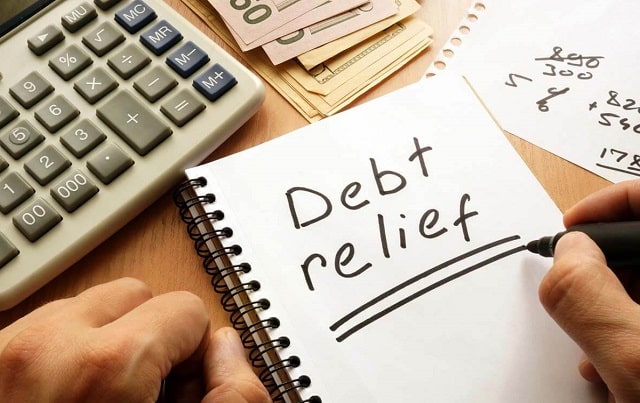
You can’t believe it, but it is happening: you are finding it difficult to manage your debt. That is on top of an inflationary economy still suffering repercussions from the pandemic.
Take a deep breath and don’t panic – scores of people like you are wrangling with debt from credit cards, personal loans, and medical bills. To get out from under it, they often turn to some form of debt relief.
What Is Debt Relief?
Debt relief—also known as debt settlement—refers to having an expert negotiate with creditors on your behalf. The goal is to convince them to accept less than you owe in exchange for settling the debt to a $0 balance. When it comes to debt relief, there is no one-size-fits-all strategy. The solution that’s right for you hinges on your financial situation and the type of debt you have.
Debt relief is available for these types of unsecured loans:
● Credit Cards
● Personal Loans
● Lines of Credit
● Medical Bills
● Collections
● Repossessions
● Business Debts
● Certain Student Debts
Debt relief can involve loan refinancing, consolidating debt, reducing the principal amount due, modifying loan repayment or credit card terms, and lowering interest rates. There is also bankruptcy, widely known as the solution of last resort. Why? Because of its enduring impact on your credit.
Am I a Debt Relief Candidate?
Debt relief may be right for you if:
■ You have mulled filing bankruptcy.
■ You have attempted to handle your debt load independently but have been unable to get anywhere.
■ You are still current with bills but are finding it difficult to afford payments.
■ You are delinquent on your payments.
Note that for a debt relief strategy to work, you need to stop using your credit cards and curtail your spending throughout your duration in the program.
Debt Relief Options
Debt Consolidation
With this approach, you are rolling multiple debts into a single payment, ideally with a lower interest rate. You can do this through:
■ A Balance Transfer Card - From time to time, credit card companies will issue a promotional zero-percent interest card onto which you can shift your higher- interest credit card debts. You’ll need to pay off the new card, though, before the introductory period ends and the rate shoots back up.
■ A Fixed-Rate Debt Consolidation Loan - You’ll need good credit to get the lowest rate, but you can still qualify if you have bad or fair credit. You can use loan funds to clear your debts and then repay the new loan in monthly installments over a fixed term. The new loan should come with a lower interest rate than the average of your current debts to be effective.
You can also consolidate money through a 401(k) loan or home equity loan. But these methods are relatively risky, in that your house or your retirement fund is on the line.
Debt Relief
Debt relief programs, also called debt settlement, entails hiring a company such as National Debt Relief to negotiate with creditors on your behalf. After creating a plan, they help you set up affordable monthly payments which aren’t released without your approval. When a creditor agrees to accept a reduced amount, you pay a lump sum that is less than what is owed. The rest is then forgiven. You can become debt free in as little as 24-48 months. Creditors often cooperate, since they know that if you file bankruptcy, they may very well get nothing.
To qualify for this option, you will need a regular income and have the capability to save money.
Credit Counseling
An accredited financial counselor will assess your situation, usually for free or a nominal fee, and help you establish a budget. They will also offer you money-management tools.
If your debt situation is acute, the counselor may recommend what’s called a debt management plan (DMP). With a DMP, your counselor will calculate how much you can afford in terms of monthly payments, then negotiate with your creditors. You will then 3 make payments to the counseling agency, which will pay your creditors according to your agreement.
The good news is that your payments will be lower. Drawbacks, though, include the length of time it will likely take you to finish the program – typically five years. You will be asked to close your credit cards and not open any new accounts until your debt is paid off.
Bankruptcy
Bankruptcy provides important protection for consumers who find themselves overwhelmed with debt. While a sizable amount will be wiped out whether you file for Chapter 7 or Chapter 11 bankruptcy, it is not an easy way out. There will be a stain on your credit report for 10 years and in your personal file for eternity!
In addition, a chapter 7 bankruptcy would likely lower your credit score substantially and make it nearly impossible to qualify for new credit for up to 3 years. If a lender does approve you after that time for a new loan, you can expect to pay high interest since rates are based on your credit score and history.
Decisively Deleting Debt
Before you choose which debt relief option is right for you, consider details like the amount of time it will take to pay off your debt and how it will impact your credit score. Paying off your debt doesn’t happen overnight, so make sure you are comfortable with the debt relief terms you decide are right for you.
